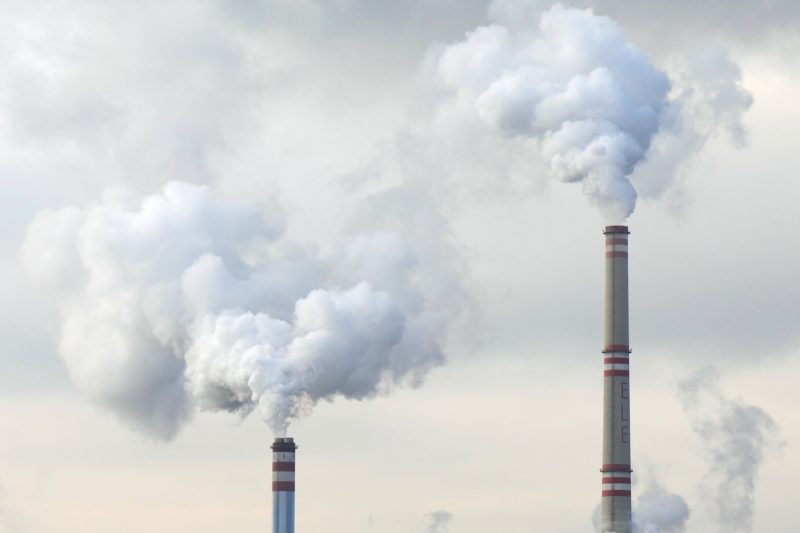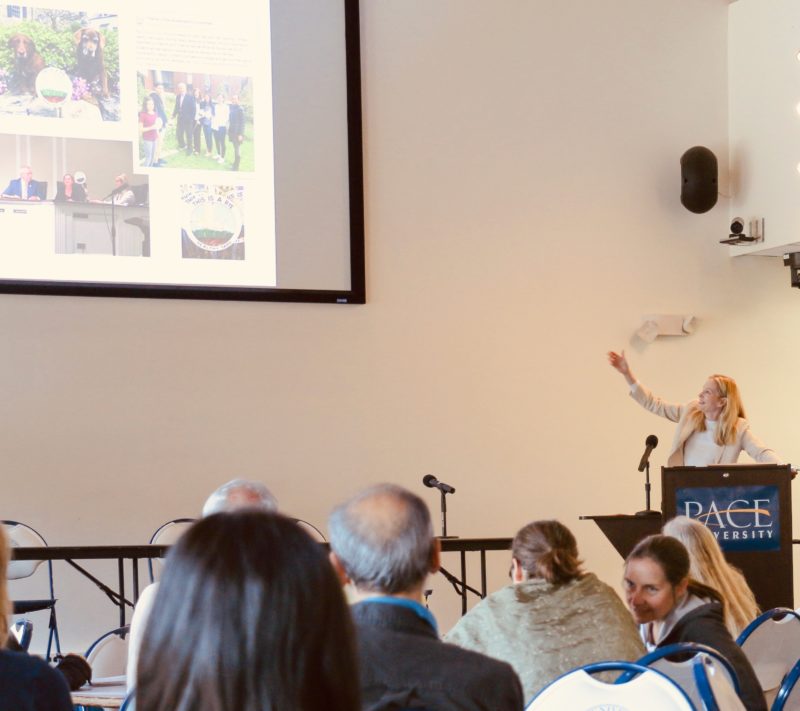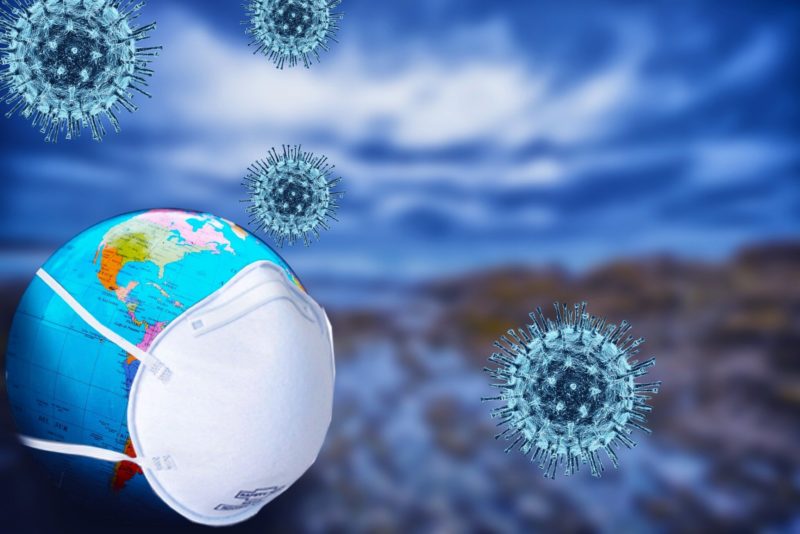Climate change and diseases. Is there a link between the two? It seems so, from my own personal observation. Over the years, for example, I’ve noticed an alarming increase in tick infestation, the chief carrier of Lyme disease. Little seems to deter these disease-carrying pests from burrowing into our dogs’ fur or latching on to our own skin.
But one person’s anecdotal observations aren’t proof that a link between climate change and disease actually exists. Is a warming planet really connected to the spread of disease?
Climate Change and Diseases: A Connection?

The short answer? Yes, there’s a connection between climate change and diseases. The longer answer is that although climate change doesn’t directly cause diseases like Covid-19, the human activities that cause climate change can contribute to the spread and transmission of disease.
A Warming Planet
A steadily warming planet is a boon for many disease-carrying insects, including ticks and mosquitoes, expanding habitat range and increasing their lifespan. Confirming my anecdotal observations, tick populations are on the rise, and with that comes an increase in tick-borne diseases. The same situation applies to mosquitoes, the vectors for such deadly diseases as malaria and West Nile virus.
And it’s not just land temperatures that are warming. Warmer waters are ideal conditions for dangerous pathogens, such as “flesh-eating” bacteria, which thrive in warm, coastal seawater.
Deforestation
Deforestation that makes way for industrial farming and other human activities, is a principal contributor to climate change. Clearing large swaths of land and destroying the natural habitats of disease-carrying wildlife is also a key vehicle to facilitate the spread of disease, providing a perfect pathway for diseases to migrate from the natural world into our homes.
In addition, the proliferation of livestock raised within an industrial farming setting creates a breeding ground for pathogens and introduces the risk of antibiotic-resistant bacteria migrating from livestock to humans. One major concern in recent years has been the ability of antibiotic-resistant MRSA to migrate from treated livestock to humans.
Air Pollution
Although air quality has improved during the coronavirus pandemic, air pollution – caused by industrial and other human-caused activities – is a major cause of climate change. It’s also deadly for humans, killing approximately seven million people per year worldwide through diseases such as lung cancer and asthma.
Why Does it Matter?

So there’s a link between climate change and diseases. So what? The problem is that with little action taken on combating the climate crisis, these human diseases will only persist, if not escalate in numbers.
Unfortunately, we Americans aren’t getting much help from our federal government. At the national level, the commitment to climate action is virtually non-existent as the Trump administration chips away at the progress of recent years.
Aided by the fossil fuel industry and a solid bloc in Congress, the Trump administration has made concerted efforts to thwart climate action, whether it’s through petty actions (removing “climate change” references from government websites) or legislative and regulatory muscle (through significant environmental rollbacks). Taken together, all of these actions impede progress on tackling climate change and risk exacerbating future public health crises.
Climate Change and Diseases: It’s All Personal

While the global response to fighting Covid-19 has been swift and unified, action on climate change has been a fractured and piecemeal exercise, particularly in this country. In fact, climate science has been demonized by the Trump administration and special interests as a political fabrication.
Let’s face it. We are up against a well-funded cultural movement with a compelling and personally appealing message: Climate change isn’t real and it doesn’t affect you, so don’t worry! And, by all means, don’t change your lifestyle for a bunch of liberal scientists!
Despite the hard evidence to prove that climate change is truly happening, it’s an abstract concept that is easily undermined by climate deniers who sow and spread doubt with their followers. It’s difficult for people to connect the dots and motivate them to take action, and even more so when a competing — and personally captivating — message screams out that there’s no connection.
Just as the effects of this pandemic have affected us personally, it’s critical to show that climate change is indeed personally relevant to all. The science is irrefutable, but the challenge we climate activists face is convincing skeptics. How do we do that?
In my work with local groups and communities, I’ve found that the most effective way to help people understand climate change is to speak “their language.” It doesn’t work to place reams of stats and data center stage in an attempt to get the message across. Facts are vital to prove and support a point, but what’s more important is engaging people by first understanding their culture, then speaking to that philosophy to show that climate action and their core values are aligned.
The two broad goals I focus on when inspiring others to take action, are first, encouraging people to make environmentally-friendly lifestyle changes, and second, stimulating a spirit of activism that calls for institutional changes in the public and private sectors.
What Does the Future Look Like?
It’s hard to imagine that we’ll ever extricate ourselves from the grip of this virus, but a day will come when life returns to some semblance of normal. What does a post-pandemic world look like?
What I do know is that the effects of climate change will not have paused as we focused — rightly so — on saving human lives. To reduce the risk of future pandemics, climate action that spurs substantive policy, as well as institutional and industry change, must be part of the solution. Unless we recognize — and act to upon — this connection between climate change and diseases, the future may be a bleak combination of planetary and human devastation.
You can start now and at home, whether it’s by choosing climate-friendly food choices or reducing the waste your household generates, every little bit counts to make a difference. And while you’re housebound, try some armchair activism to get started!









